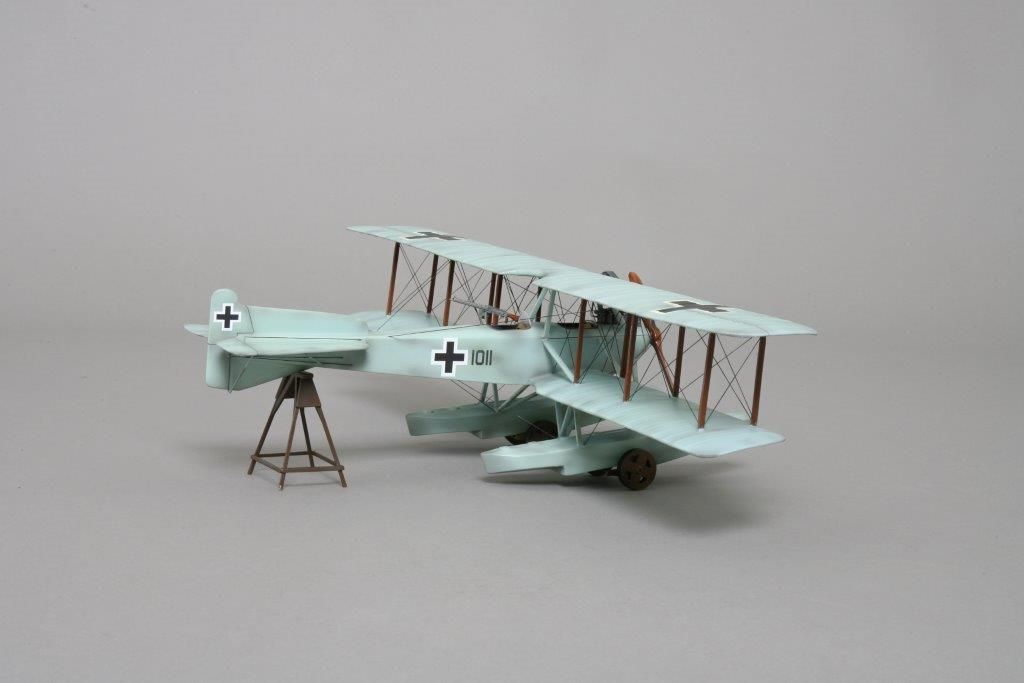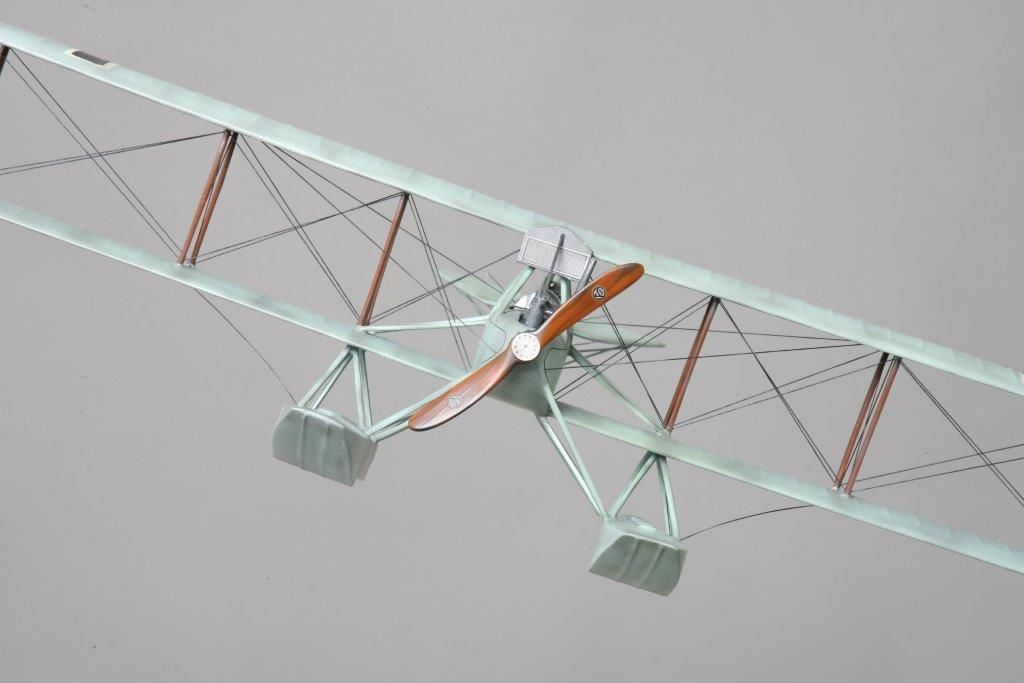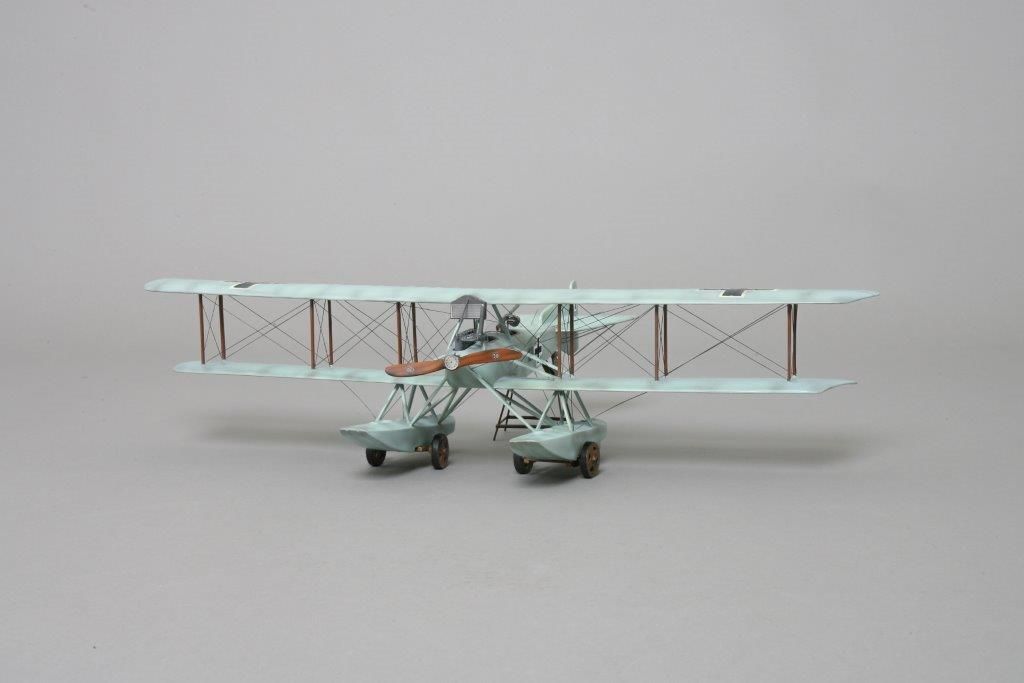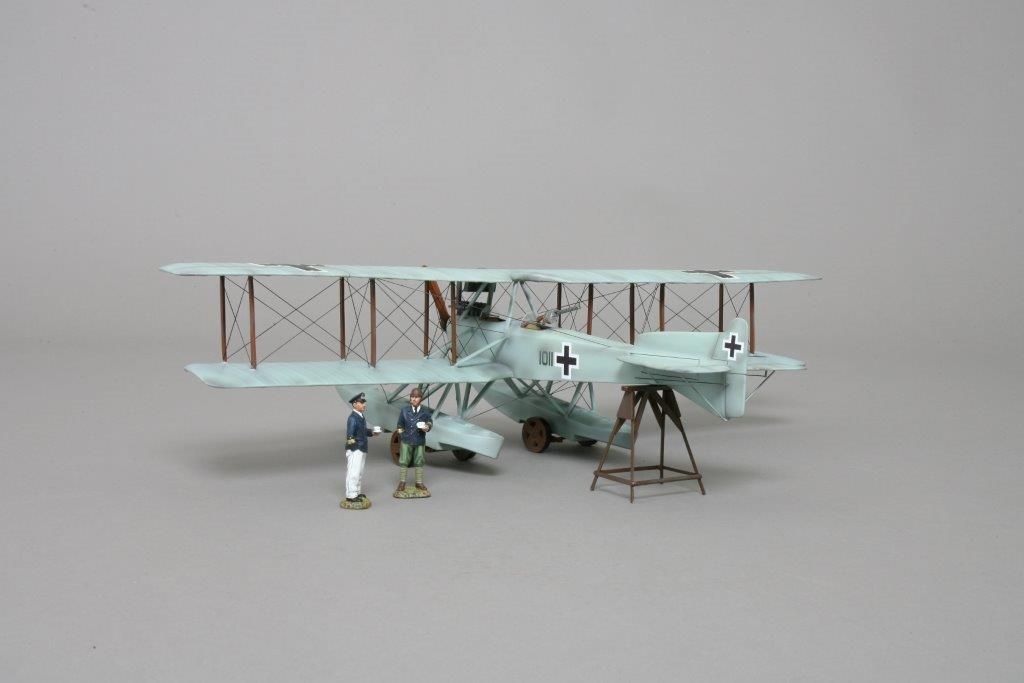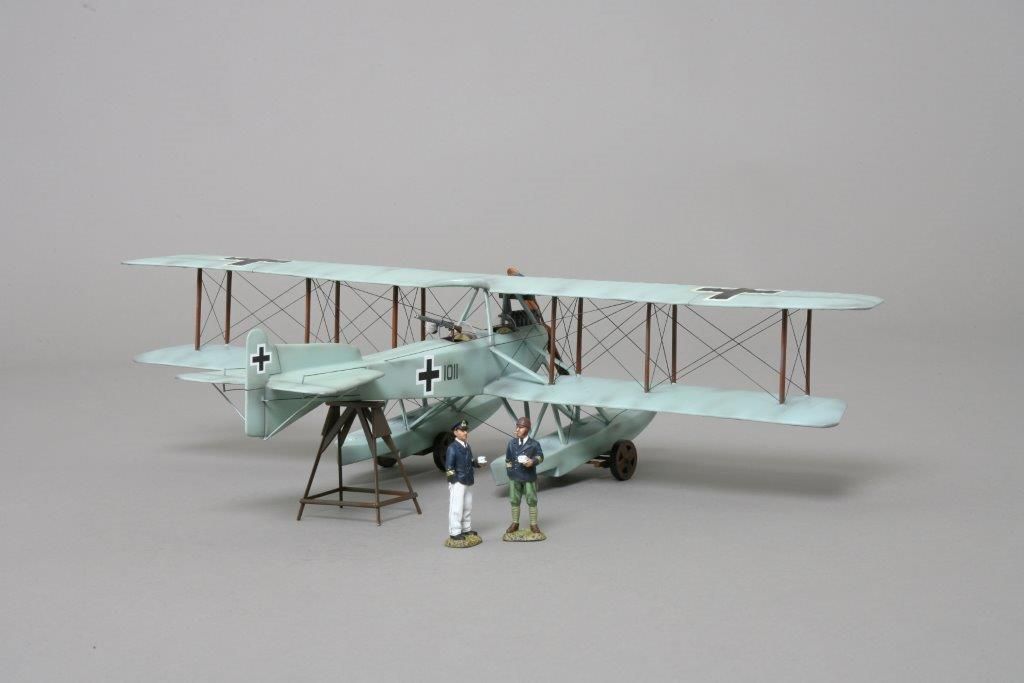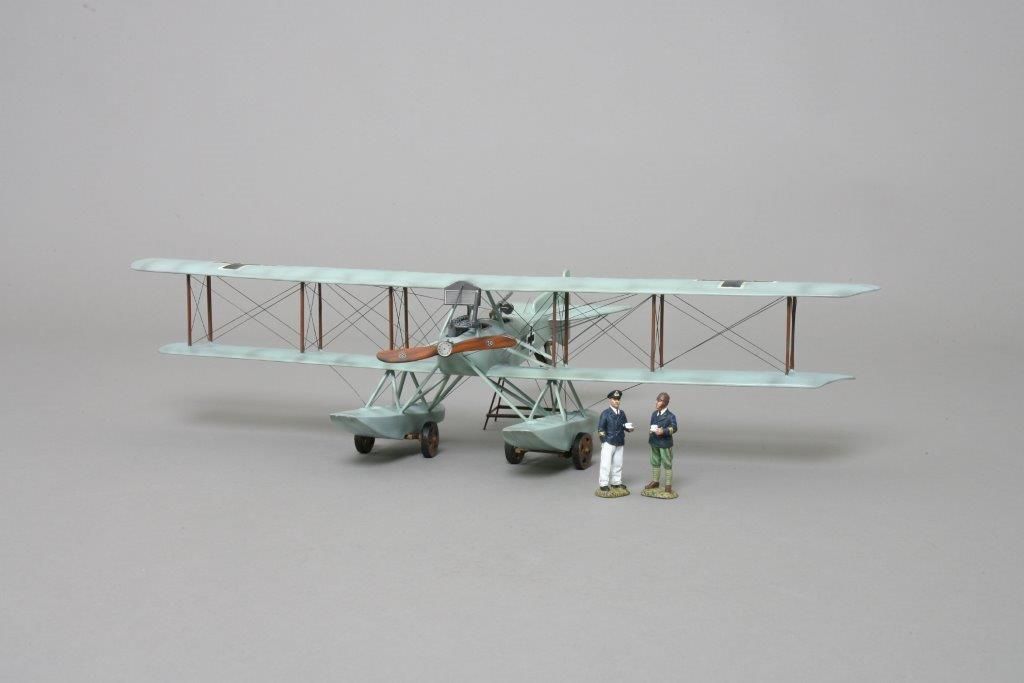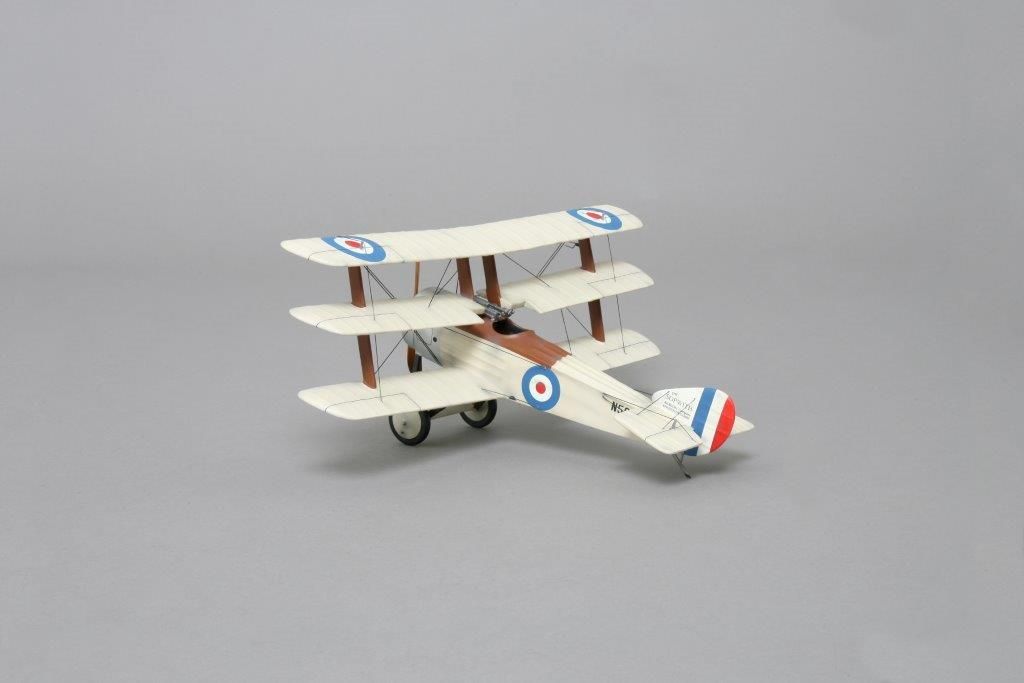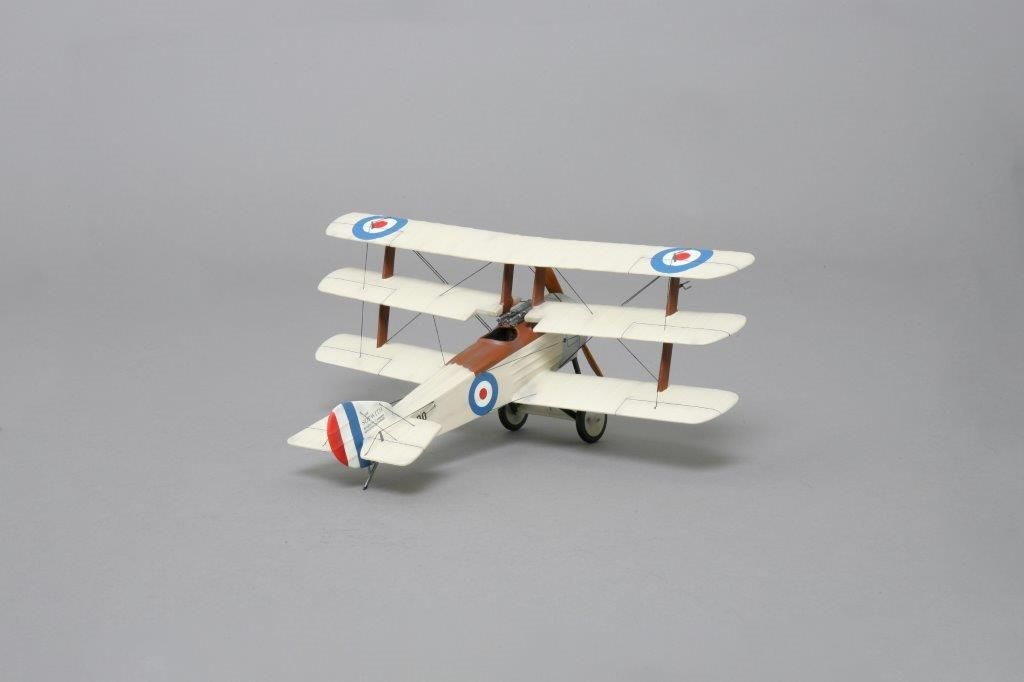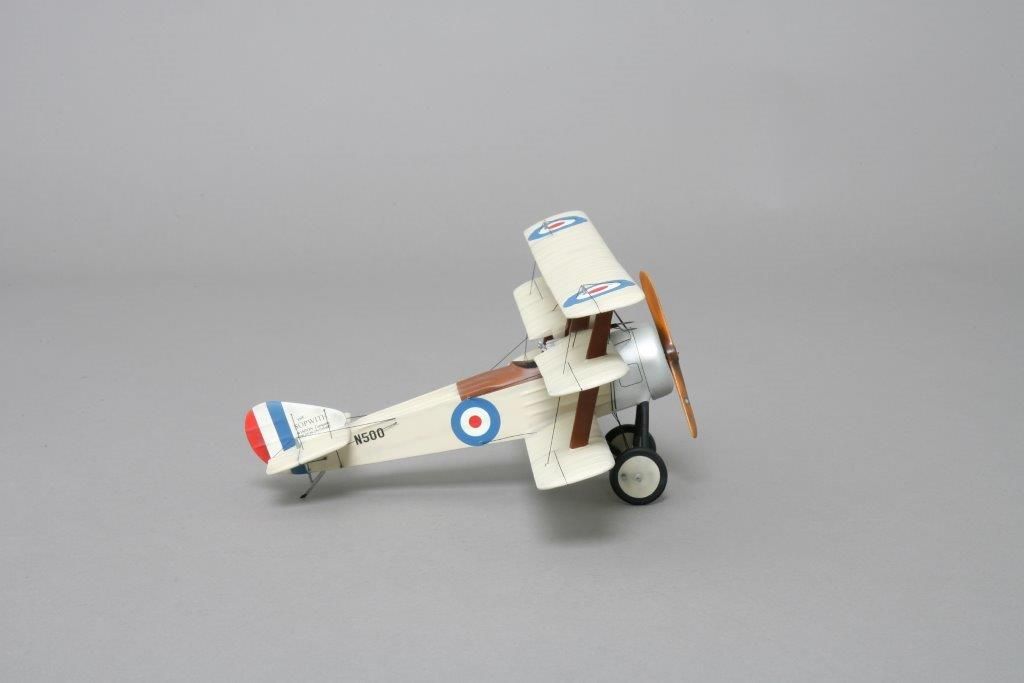WOW141 The Ilyushin Il-2 Sturmovik was a ground-attack aircraft produced by
the Soviet Union in large numbers during the Second World War. With 36,183
units of the Il-2 produced during the war, and in combination with its
successor, the Ilyushin Il-10, a total of 42,330 were built. This makes it
the single most produced military aircraft design in aviation history. The
Il-2 was a single-engine, propeller-driven, low-wing monoplane of mixed
construction with a crew of two (one in early versions), specially designed
for assault operations. Its most notable feature was the inclusion of armor
in an airframe load-bearing scheme. Armor plates replaced the frame and
paneling throughout the nacelle and middle part of the fuselage, and an
armored hull made of riveted armor steel secured around the aircraft’s
engine, cockpit, water and oil radiators, and fuel tanks.
To Il-2 pilots, the aircraft was simply the diminutive "Ilyusha". To the
soldiers on the ground, it was the "Hunchback", the "Flying Tank" or the
"Flying Infantryman". Its postwar NATO reporting name was "Bark".
The first use in action of the Il-2 was with the 4th ShAP (Ground Attack
Regiment) over the Berezina River days after Hitler’s invasion of the Soviet
Union. The aircraft was so new that the pilots had no training in flight
characteristics or tactics, and the ground crew no training in servicing or
re-arming. The training received only enabled the pilots to take-off and
land; none of the pilots had fired the armament, let alone learned tactics.
There were 249 Il-2s available on 22 June 1941. In the first three days, 4th
ShAP had lost 10 Il-2s to enemy action, a further 19 were lost to other
causes, and 20 pilots were killed. By 10 July, 4th ShAP was down to 10
aircraft from a strength of 65.
Tactics and training improved as Soviet aircrews became used to the Il-2's
strengths. Instead of a low horizontal straight approach at 50 metres
altitude, the target was usually kept to the pilot's left and a turn and
shallow dive of 30 degrees was used, using an by four to twelve aircraft at
a time. Although the Il-2's RS-82 and RS-132 rockets that could destroy
armored vehicles with a single hit, they were so inaccurate that experienced
Il-2 pilots mainly used the cannon.[20] Another potent weapon of the Il-2s
was the PTAB shaped charge bomblets. They were designated PTAB-2.5-1.5, as
they had the size of a 2.5 kg (5.5 lb) bomb, but weighed only 1.5 kg (3.3
lb) due to the empty space in the shaped charge. Up to 192 were carried in
four external dispensers (cluster bombs) or up to 220 in the inner wing
panels' internal ventral weapon bays. The HEAT charge could easily penetrate
the relatively thin upper armour of all heavy German tanks. PTABs were first
used on a large scale in the Battle of Kursk. The Il-2 was thereafter widely
deployed on the Eastern Front. The aircraft could fly in low light
conditions and carried weapons able to defeat the thick armor of Panther and
Tiger I tanks.
Our Sturmovik is priced at $799 plus $100 postage worldwide, UK and EU
please ask for a price in £ as your postage costs will be lower due to the
fact you are closer to us! At present we have only 3 samples in stock which
have been presold to the customers who commissioned them, if you would like
one of these iconic aircraft in around 6 months’ time please drop us an
email and we will send you details of timetable and payment schedule.
WOW143 The Arado Ar 234 Blitz (lightning) was the world's first operational
jet-powered bomber, built by the German Arado company in the closing stages
of World War II. Produced in very limited numbers, it was used almost
entirely in the reconnaissance role, but in its few uses as a bomber it
proved to be nearly impossible to intercept. It was the last Luftwaffe
aircraft to fly over Britain during the war, in April 1945.
In late 1940, the Reich Air Ministry offered a tender for a jet-powered
high-speed reconnaissance aircraft with a range of 2,156 km (1,340 mi).
Arado was the only company to respond, offering their E.370 project, led by
Professor Walter Blume. This was a high-wing conventional-looking design
with a Junkers Jumo 004 engine under each wing. Arado estimated a maximum
speed of 780 km/h (480 mph) at 6,000 m (20,000 ft), an operating altitude of
11,000 m (36,000 ft) and a range of 1,995 km (1,240 mi). The range was short
of the RLM request, but they liked the design and ordered two prototypes as
the Ar 234. These were largely complete before the end of 1941, but the Jumo
004 engines were not ready, and would not be ready until February 1943. When
they did arrive they were considered unreliable by Junkers for in-flight use
and were cleared for static and taxi tests only. Flight-qualified engines
were finally delivered, and the Ar 234 V1 made its first flight on 30 July
1943 at Rheine Airfield. By September 1943, four prototypes were flying. The
second prototype, Arado Ar 234 V2, crashed on 2 October 1943 at Rheine near
Münster after suffering a fire in its port wing, failure of both engines and
various instrumentation failures. The aircraft dived into the ground from
1,200 m (3,900 ft), killing pilot Flugkapitän Selle. The eight prototype
aircraft were fitted with the original arrangement of trolley-and-skid
landing gear, intended for the planned operational, but never-produced Ar
234A version. The sixth and eighth of the series were powered with four BMW
003 jet engines instead of two Jumo 004s, the sixth having four engines
housed in individual nacelles,[5] and the eighth flown with two pairs of BMW
003s installed within "twinned" nacelles underneath either wing. These were
the first four-engine jet aircraft to fly. The twin-Jumo 004 powered Ar 234
V7 prototype made history on 2nd August 1944 as the first jet aircraft ever
to fly a reconnaissance mission, flown by Erich Sommer. Eventually the skid
design was abandoned and a fully retractable undercarriage was installed.
The most notable use of the Ar 234 in the bomber role was the attempt to
destroy the Ludendorff Bridge at Remagen. Between 7 March, when it was
captured by the Allies, and 17 March, when it finally collapsed, the bridge
was continually attacked by Ar 234s of III/KG 76 carrying 1,000 kg (2,200
lb) bombs. The aircraft continued to fight in a scattered fashion until
Germany surrendered on 8 May 1945. Some were shot down in air combat,
destroyed by flak, or "bounced" by Allied fighters during takeoff or on the
landing approach, as was already happening to Messerschmitt Me 262 jet
fighters. Most simply sat on the airfields awaiting fuel that never arrived.
Overall from mid-1944 until the end of the war a total of 210 aircraft were
built. In February 1945, production was switched to the C variant. It was
hoped that by November 1945 production would reach 500 per month, the war
however ended in May and what could have been a war winning weapon was never
utilised to its full potential.
We have 1 spare Arado 234 available in the markings of an aircraft that flew
at Remagen Bridge, with more expected in 5/6 months’ time, if you would like
to reserve one then please let us know as soon as possible.
Each Arado comes with a free SS050 sentry with Panzerfaust figure as per the
photos and is priced at $750 plus $100 shipping worldwide. UK and EU please
ask for a quote in £ as your postage costs will be lower due to the fact you
are closer to us!
That’s all our aircraft models for July and August folks as we will be
taking a well-earned rest in August. I hope you enjoyed this newsletter,
The latest figure news will be
out middle of July and will feature WW2 Japanese, Adolf Galland, Romans and
some Spartans. Please check out our website
www.tomgunn.co.uk where
hopefully Dave our web guy has uploaded all these models for your perusal!
Best wishes The Gunn Team
